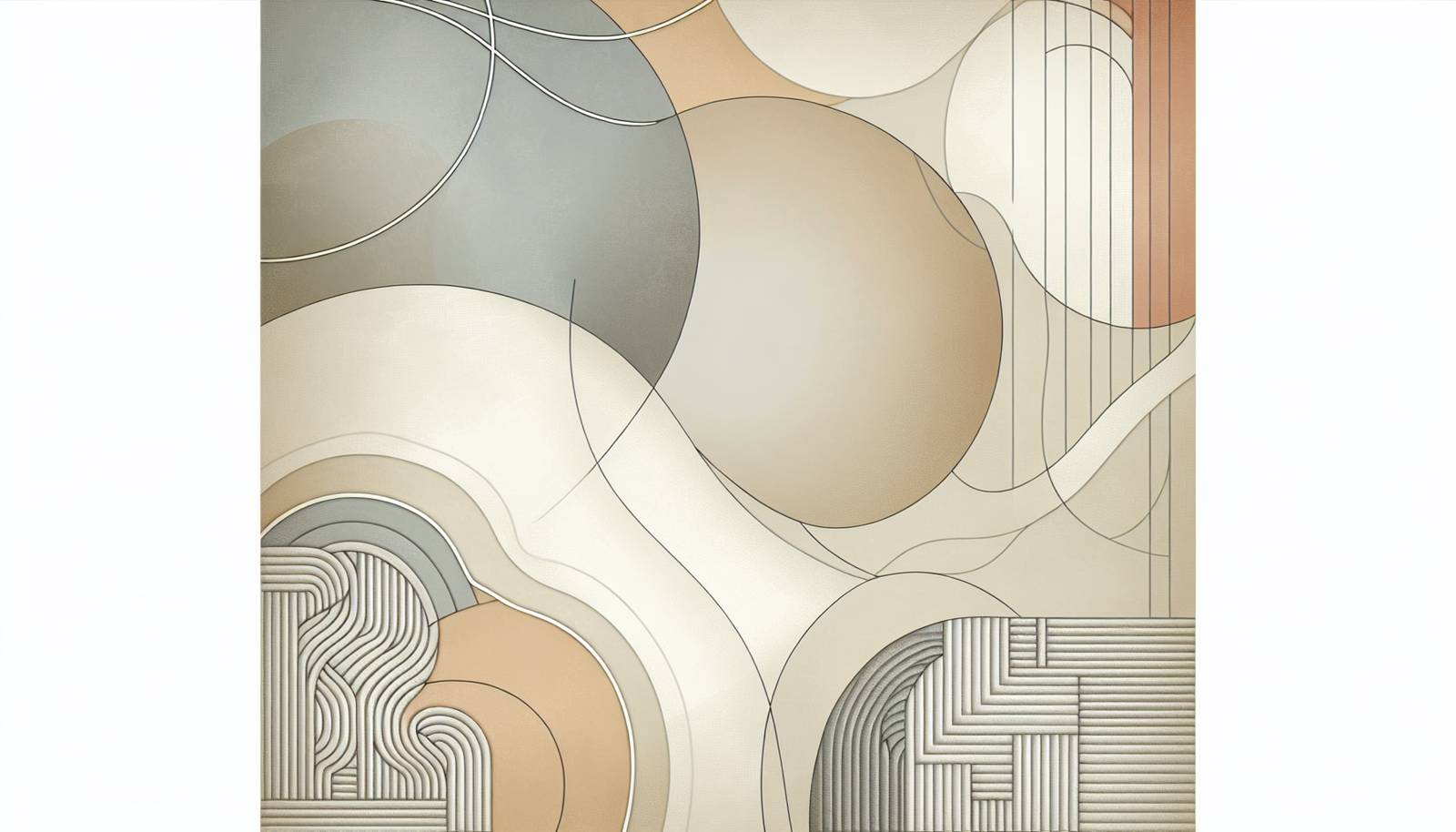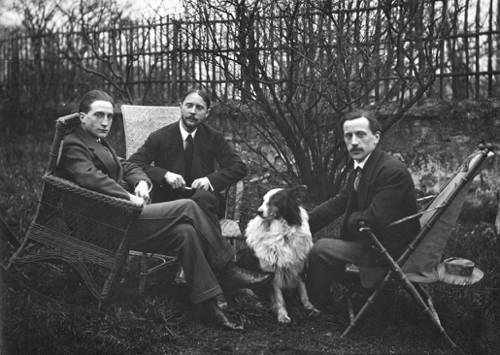
FAQ About Marcel Duchamp

Who was Marcel Duchamp?
Marcel Duchamp was a French-American artist associated with movements such as Dada and Surrealism. He is best known for his innovative use of ready-made objects and his influence on conceptual art, challenging traditional notions of art and artist identity in the 20th century.

What is Marcel Duchamp famous for?
Duchamp is renowned for his "readymades"—ordinary manufactured objects that he chose to present as art, including the infamous "Fountain," a urinal signed under the pseudonym "R. Mutt." His work challenged conventional art paradigms and paved the way for postmodern art.

What is the significance of Duchamp's "Fountain"?
"Fountain" is significant for its provocative nature, questioning the definition of art by presenting a mundane object, a urinal, as art. It emphasized the artist's intention and context over craftsmanship, marking a pivotal point in 20th-century art.

What artistic movements was Duchamp associated with?
Marcel Duchamp was primarily associated with the Dada and Surrealist movements. His work profoundly influenced modern and contemporary art, often linked to concepts of anti-art and avant-garde.

What is a 'readymade' in art?
A "readymade" is an ordinary, factory-made object selected and occasionally modified by an artist to be presented as art. This concept, popularized by Duchamp, challenged traditional notions of artistic creation and aesthetic value.

How did Duchamp influence conceptual art?
Duchamp influenced conceptual art by prioritizing idea over form. His use of readymades and focus on concepts challenged the aesthetic and material focus of traditional art, laying the groundwork for later conceptual artists who emphasize ideas as primary art components.

What are some of Duchamp's other famous works?
In addition to "Fountain," Duchamp's notable works include "Nude Descending a Staircase, No. 2," "Étant donnés," and "The Bride Stripped Bare by Her Bachelors, Even (The Large Glass)." Each piece demonstrates his innovative approach to form and subject matter.

Why did Duchamp leave art for chess?
In the 1920s, Duchamp increasingly turned his attention to chess, finding a similar intellectual stimulation that art provided him. He even became a chess master. Duchamp believed that the practice of chess embodied elements of creativity and was a profound expression of art in itself.

Where was Marcel Duchamp born?
Marcel Duchamp was born on July 28, 1887, in Blainville-Crevon, France. His early life in France influenced his future artistic direction, though he later spent significant time in the United States.

How did Duchamp's "Nude Descending a Staircase, No. 2" impact art?
"Nude Descending a Staircase, No. 2," showcased at the 1913 Armory Show, combined elements of Cubism and Futurism, shocking audiences and establishing Duchamp's reputation as a groundbreaking artist. Its abstract depiction of movement and form played a significant role in the evolution of modern art.

What is the Duchamp "Rrose Sélavy" persona?
Rrose Sélavy was an alter ego of Marcel Duchamp. It represents his interest in gender ambiguity and disguise, often used to sign works. The persona displays Duchamp's playful engagement with identity and challenges to norms.

Did Duchamp make significant contributions to film?
While Duchamp primarily focused on visual art, he did engage with film. His significant contribution includes the short film "Anemic Cinema," created in collaboration with Man Ray, which utilized rotating discs and verbal play to explore visual and linguistic structures.

What role did Duchamp play in the Dada movement?
Duchamp played a significant role in the Dada movement by questioning conventional art and aesthetics. His works and ideas challenged the traditional confines of art, emphasizing irony, humor, and the absurd, which are key tenets of Dada.

How did Duchamp's work influence later art movements?
Duchamp's revolutionary approach to art making and his use of readymades had a profound impact on later movements, including Pop Art, Minimalism, and Conceptual Art. Artists from these movements drew inspiration from his disregard for traditional art forms and focus on ideas.

What was Marcel Duchamp's approach to art and originality?
Duchamp's approach to art challenged the notion of originality. He suggested that art could exist outside of traditional creative methods, focusing on the idea or concept behind a piece rather than the creation itself, thereby redefining the artist's role.

How did World War I impact Marcel Duchamp's career?
World War I led Duchamp to move from France to the United States, where he found a dynamic and receptive art community. This relocation was pivotal, allowing him more freedom to develop his avant-garde ideas and gain international recognition.

What is "The Large Glass" by Duchamp?
"The Large Glass" ("The Bride Stripped Bare by Her Bachelors, Even") is an unfinished artwork by Duchamp, composed of two panes of glass. It combines painting and sculpture, exploring the relationship between the erotic and mechanical, and remains a seminal work of 20th-century art.

Where can you see Marcel Duchamp's works today?
The works of Marcel Duchamp are displayed in major art institutions worldwide, including the Museum of Modern Art in New York and the Philadelphia Museum of Art. His pieces are often featured in exhibits focusing on modern and conceptual art.

How did Duchamp redefine the art object?
Duchamp redefined the art object by using ready-made, everyday items and inserting them into an art context. By doing this, he shifted the focus from aesthetic value to intellectual engagement, transforming both the art object and viewer experience.

Is Marcel Duchamp considered a painter or a conceptual artist?
While Duchamp started as a painter, he is primarily considered a pioneering conceptual artist. His shift to ready-mades and focus on the idea rather than the visual or technical aspects of art, positioned him as a key figure in conceptualism and postmodern art.
